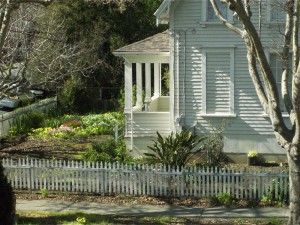Talbot School of Theology in La Mirada, California, is close to completing a massive project: a Listing of Religious Educators, capsule biographies of some 160 key figures in Protestant, Catholic, and Orthodox religious education.
A quick scan seems to reveal that just one Unitarian Universalist religious educator makes it onto the list: that person is Sophia Fahs. The capsule biography of Fahs, written by Lucinda A. Nolan, Assistant Professor of Religious Education and Catechetics, Catholic University of America, Washington, D.C., is well worth reading. Of particular interest is Nolan’s careful and concise summary of Fahs’s theological development; through her curriculum books, Fahs had a major theological influence on Unitarian Unviersalism in the middle third of the last century, so her theological development had a significant impact on Unitarian Universalism’s theological development.
In addition to the capsule biography, Nolan provides an excellent bibliography, and offers several interesting excerpts from Fahs’s many books and articles. Many of the things Fahs said continue to be relevant today, such as this excerpt from Fahs’s last article, published in 1971:
“I believe that during the past as well as today Christian churches have been neglecting the children, even though Sunday Schools have been growing in size and equipment; and few theological seminaries give the education of the ministers to children their whole-hearted interest and respect…. At present it takes a very strong purpose and a willingness to sacrifice prestige for a man or a woman to enter the field of the religious education of the young. Ministers in preparation should be helped to feel more keenly the critical importance of the children.”
Since Fahs’s day, Unitarian Universalism has become a post-Christian religious body. Yet as someone who has moved from parish ministry to education ministry, I can attest to the fact that what Fahs said then remains true today: Unitarian Universalist ministers who start working with children and teenagers move down in the ministerial pecking order; and seminaries still do not adequately emphasize the critical importance of children and teenagers.
Link to the Fahs capsule biography.




